| Fecha | Área | Bruto |
|---|---|---|
| 27 April 2013 | USA | USD 187,705,427 |
| 13 April 2001 | USA | USD 187,670,866 |
| 8 April 2001 | USA | USD 187,601,773 |
| 1 April 2001 | USA | USD 187,344,551 |
| 25 March 2001 | USA | USD 186,870,377 |
| 18 March 2001 | USA | USD 186,825,344 |
| 11 March 2001 | USA | USD 186,789,524 |
| 4 March 2001 | USA | USD 186,750,876 |
| 25 February 2001 | USA | USD 186,721,485 |
| 18 February 2001 | USA | USD 186,682,944 |
| 15 October 2000 | USA | USD 186,610,052 |
| 8 October 2000 | USA | USD 186,398,654 |
| 1 October 2000 | USA | USD 186,089,136 |
| 24 September 2000 | USA | USD 185,635,772 |
| 17 September 2000 | USA | USD 184,986,532 |
| 10 September 2000 | USA | USD 184,229,225 |
| 3 September 2000 | USA | USD 183,637,370 |
| 27 August 2000 | USA | USD 182,749,280 |
| 20 August 2000 | USA | USD 182,131,600 |
| 13 August 2000 | USA | USD 181,632,938 |
| 6 August 2000 | USA | USD 180,973,015 |
| 30 July 2000 | USA | USD 179,965,669 |
| 23 July 2000 | USA | USD 178,496,604 |
| 16 July 2000 | USA | USD 176,582,114 |
| 9 July 2000 | USA | USD 173,971,075 |
| 4 July 2000 | USA | USD 171,247,508 |
| 25 June 2000 | USA | USD 165,436,188 |
| 18 June 2000 | USA | USD 158,993,824 |
| 11 June 2000 | USA | USD 150,174,374 |
| 4 June 2000 | USA | USD 138,958,290 |
| 28 May 2000 | USA | USD 126,996,389 |
| 21 May 2000 | USA | USD 103,140,065 |
| 14 May 2000 | USA | USD 73,611,465 |
| 7 May 2000 | USA | USD 34,819,017 |
| 24 September 2000 | UK | GBP 30,786,357 |
| 10 September 2000 | UK | GBP 30,640,765 |
| 3 September 2000 | UK | GBP 30,510,498 |
| 27 August 2000 | UK | GBP 30,312,616 |
| 20 August 2000 | UK | GBP 30,062,312 |
| 13 August 2000 | UK | GBP 29,743,904 |
| 6 August 2000 | UK | GBP 29,377,284 |
| 30 July 2000 | UK | GBP 28,969,786 |
| 23 July 2000 | UK | GBP 28,463,163 |
| 16 July 2000 | UK | GBP 27,869,712 |
| 9 July 2000 | UK | GBP 26,904,161 |
| 2 July 2000 | UK | GBP 25,695,123 |
| 25 June 2000 | UK | GBP 24,359,069 |
| 18 June 2000 | UK | GBP 22,753,751 |
| 11 June 2000 | UK | GBP 21,368,951 |
| 4 June 2000 | UK | GBP 18,827,341 |
| 28 May 2000 | UK | GBP 14,430,743 |
| 21 May 2000 | UK | GBP 9,433,058 |
| 14 May 2000 | UK | GBP 3,555,446 |
| 28 February 2012 | Worldwide | USD 457,640,427 |
| 29 November 2000 | Argentina | USD 4,907,442 |
| 14 December 2000 | Australia | AUD 17,739,757 |
| 7 September 2000 | Denmark | USD 2,291,846 |
| Denmark | DKK 20,500,546 | |
| 21 September 2000 | Finland | USD 1,389,931 |
| 20 August 2000 | Iceland | USD 255,302 |
| 31 August 2000 | Norway | USD 1,640,907 |
| 31 December 2001 | Spain | EUR 19,673,280 |
| 25 June 2001 | Spain | ESP 3,252,726,610 |
| 19 October 2000 | Sweden | USD 4,398,426 |
| 1 June 2000 | Sweden | SEK 15,360,501 |
| Fecha | Área | Bruto | Pantalla |
|---|---|---|---|
| 7 May 2000 | USA | USD 34,819,017 | 2,938 |
| 14 May 2000 | UK | GBP 3,555,446 | 417 |
| Fecha | Área | Bruto | Pantalla |
|---|---|---|---|
| 15 April 2001 | USA | USD 25,803 | 46 |
| 8 April 2001 | USA | USD 88,336 | 157 |
| 1 April 2001 | USA | USD 456,732 | 577 |
| 25 March 2001 | USA | USD 26,857 | 12 |
| 18 March 2001 | USA | USD 27,614 | 15 |
| 11 March 2001 | USA | USD 24,593 | 10 |
| 4 March 2001 | USA | USD 22,477 | 9 |
| 25 February 2001 | USA | USD 22,037 | 14 |
| 18 February 2001 | USA | USD 72,892 | 41 |
| 15 October 2000 | USA | USD 114,759 | 173 |
| 8 October 2000 | USA | USD 184,742 | 249 |
| 1 October 2000 | USA | USD 273,392 | 407 |
| 24 September 2000 | USA | USD 408,297 | 522 |
| 17 September 2000 | USA | USD 518,144 | 737 |
| 10 September 2000 | USA | USD 483,001 | 583 |
| 3 September 2000 | USA | USD 671,526 | 507 |
| 27 August 2000 | USA | USD 450,919 | 507 |
| 20 August 2000 | USA | USD 296,832 | 284 |
| 13 August 2000 | USA | USD 342,837 | 338 |
| 6 August 2000 | USA | USD 493,925 | 453 |
| 30 July 2000 | USA | USD 874,562 | 651 |
| 23 July 2000 | USA | USD 1,052,014 | 747 |
| 16 July 2000 | USA | USD 1,571,917 | 1,034 |
| 9 July 2000 | USA | USD 2,028,736 | 1,210 |
| 2 July 2000 | USA | USD 2,426,872 | 1,411 |
| 25 June 2000 | USA | USD 3,851,924 | 1,812 |
| 18 June 2000 | USA | USD 5,362,293 | 2,266 |
| 11 June 2000 | USA | USD 7,074,047 | 2,706 |
| 4 June 2000 | USA | USD 8,376,721 | 3,056 |
| 28 May 2000 | USA | USD 17,064,503 | 3,188 |
| 21 May 2000 | USA | USD 19,749,273 | 3,041 |
| 14 May 2000 | USA | USD 24,645,129 | 2,943 |
| 7 May 2000 | USA | USD 34,819,017 | 2,938 |
| 24 September 2000 | UK | GBP 34,945 | 51 |
| 10 September 2000 | UK | GBP 68,933 | 88 |
| 3 September 2000 | UK | GBP 97,453 | 101 |
| 27 August 2000 | UK | GBP 123,023 | 111 |
| 20 August 2000 | UK | GBP 148,732 | 148 |
| 13 August 2000 | UK | GBP 174,386 | 180 |
| 6 August 2000 | UK | GBP 195,747 | 169 |
| 30 July 2000 | UK | GBP 214,090 | 163 |
| 23 July 2000 | UK | GBP 289,850 | 236 |
| 16 July 2000 | UK | GBP 460,729 | 277 |
| 9 July 2000 | UK | GBP 644,276 | 300 |
| 2 July 2000 | UK | GBP 760,278 | 352 |
| 25 June 2000 | UK | GBP 976,300 | 398 |
| 18 June 2000 | UK | GBP 613,491 | 437 |
| 11 June 2000 | UK | GBP 1,401,766 | 444 |
| 4 June 2000 | UK | GBP 2,073,765 | 416 |
| 28 May 2000 | UK | GBP 2,987,696 | 419 |
| 21 May 2000 | UK | GBP 3,459,104 | 417 |
| 14 May 2000 | UK | GBP 3,555,446 | 417 |
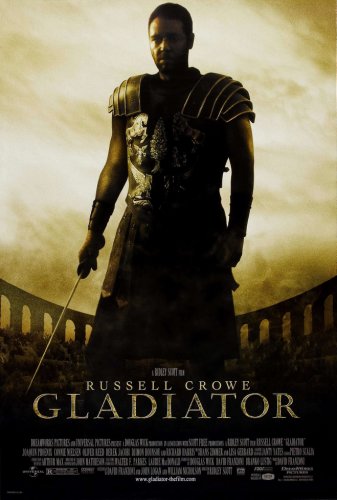


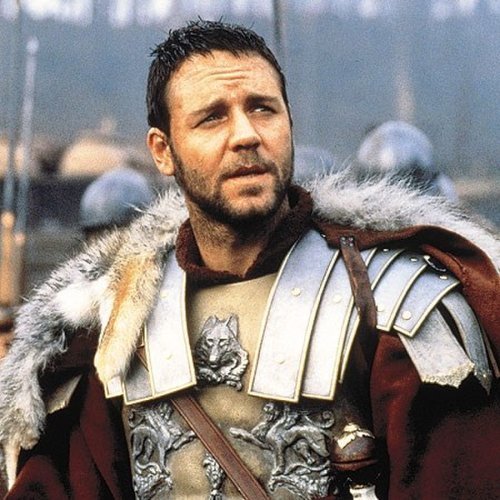
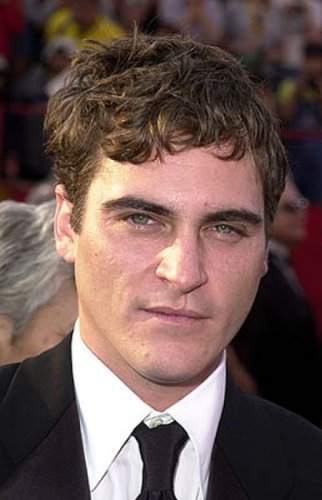
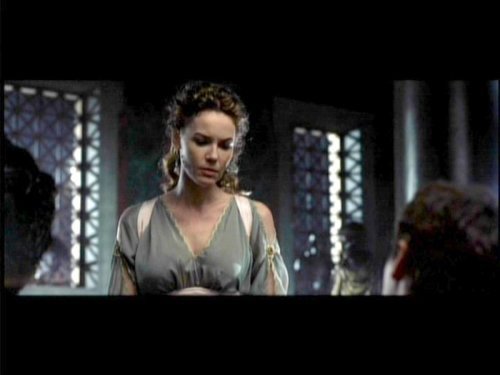
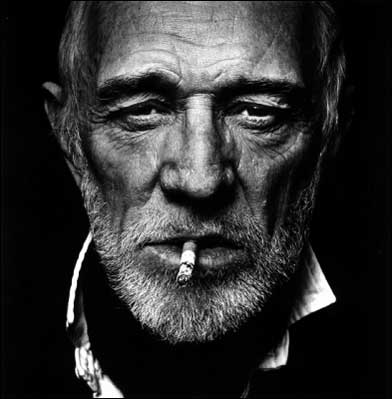

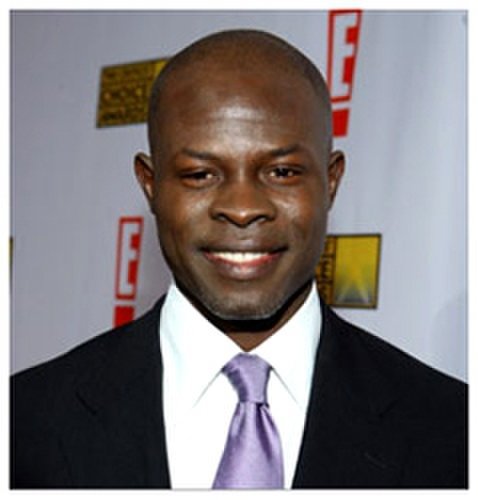



_(cropped).jpg)






.jpg)
-1.jpg)
.jpg)

